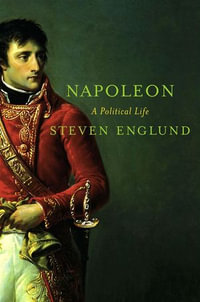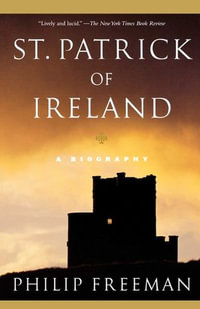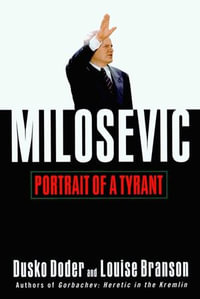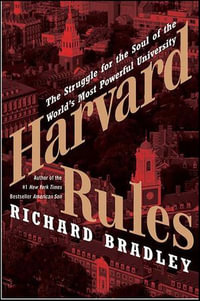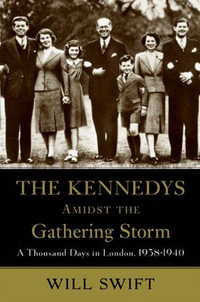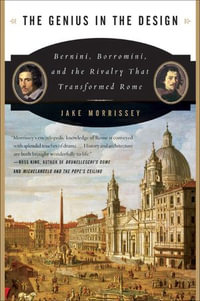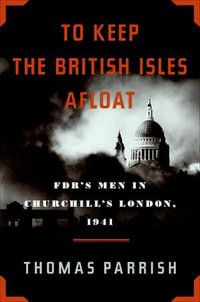
eTEXT
Faces of Community in Central European Towns
Images, Symbols, and Performances, 1400-1700
eText | 15 September 2018
At a Glance
eText
$222.15
Instant online reading in your Booktopia eTextbook Library *
Read online on
Not downloadable to your eReader or an app
Why choose an eTextbook?
Instant Access *
Purchase and read your book immediately
Read Aloud
Listen and follow along as Bookshelf reads to you
Study Tools
Built-in study tools like highlights and more
* eTextbooks are not downloadable to your eReader or an app and can be accessed via web browsers only. You must be connected to the internet and have no technical issues with your device or browser that could prevent the eTextbook from operating.
Concepts of visual communication form an explanatory framework for discussing the visual expressions of urban symbolic communication in urban life in towns in the center of Europe in the late medieval and early modern period, including the dramatic times of the Reformation and Counter-Reformation. This book examines the role of images and visual representation by concentrating on the varieties of symbolic communication in towns that made a range of relationships visual: the status and role of urban civic, professional, and religious communities and the relations between the town and its lord or powerful families and individuals. The geographical framework of this book is the region in the former Habsburg countries north of the Danube River embracing the region between western Bohemia and what is today eastern Slovakia, including the borderland towns of northern Austria. Two studies focus on specific local and occupational communities in the Prague towns, but most of the texts in this book focus on small towns by contemporary European standards in which many forms of urban topography, buildings, objects, and monuments survive, even though few written sources have been preserved. Accessing a wide range of literature in regional languages and German for English speakers, this collection describes typical urban landscapes in early modern Central Europe outside the well-known Central European urban centers and traditional areas of study.
The book is a relevant new contribution to medieval and early modern studies, not only covering an underappreciated geographical area but also addressing general questions about the history of rituals and performance as well as visual culture, communication, and identity discourses in late medieval and early modern urban space.
Industry Reviews
Read online on
ISBN: 9781498551137
ISBN-10: 1498551130
Published: 15th September 2018
Format: ePUB
Language: English
Audience: Professional and Scholarly
Publisher: Rowman & Littlefield Publishing Group


